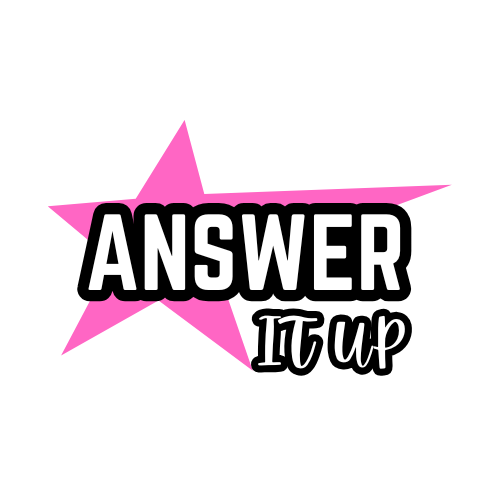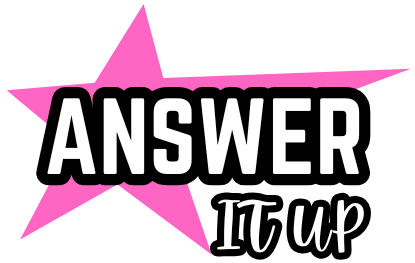“Can I still earn a living if I don’t have a green card?” I remember hearing this question in a cramped co-working space in Chicago, where a friend from Brazil was nervously weighing up her options. She was brilliant—fluent in three languages, with a design portfolio that could make Adobe blush—but the uncertainty of her immigration status cast a long shadow over her freelance aspirations. If you’ve ever wondered the same, you’re not alone.
Whether you’re on a student visa, an H1-B, or just exploring your chances as a digital nomad in the U.S., understanding the rules around freelancing without a green card can mean the difference between building a future—or facing legal trouble.
In this guide, we’ll break down what’s legally possible, what’s risky, and what creative workarounds people like you are using to succeed—all backed by expert opinion, practical advice, and real-world experience.
What Is a Green Card, and Why Does It Matter for Freelancing?
A green card (officially known as a Permanent Resident Card) allows a non-U.S. citizen to live and work permanently in the United States. It’s not just a residency document—it’s a work permit. Without it, you cannot legally be self-employed in most circumstances.
“The moment you receive your green card, the restrictions tied to your visa status fall away,” says Mariana Gomez, an immigration attorney based in Los Angeles. “That includes limitations on freelancing.”
But Can’t I Just Work Online and Get Paid Abroad?
This is where many people get tripped up. Just because the work happens online and the payment is routed to a non-U.S. bank account doesn’t make it legal. If you’re physically present in the U.S., even on a tourist visa, you are subject to U.S. labour and immigration laws.
According to USCIS regulations, “unauthorised employment” includes any work performed by someone without the proper status—even freelance gigs paid via PayPal to a foreign account.
Which Visas Allow (or Forbid) Freelancing?
Understanding your current visa status is crucial. Here’s how the most common visa types play out:
1. F-1 Student Visa
- Freelancing Legally: Generally prohibited.
- Exceptions: Some on-campus work or OPT (Optional Practical Training) under specific conditions.
- Expert Tip: “Even a single Fiverr gig could violate your F-1 terms,” warns Gomez.
2. H-1B Work Visa
- Freelancing Legally: Only allowed to work for the sponsoring employer.
- Exceptions: A concurrent H-1B from another company, but this is rare and complex.
3. O-1 Visa (Individuals with Extraordinary Ability)
- Freelancing Legally: Allowed, but must be tied to a U.S. agent or sponsor.
- Workaround: You can work with multiple employers if pre-approved.
4. B-1/B-2 Tourist Visa
- Freelancing Legally: Absolutely not. Even remote work is considered a violation.
5. Green Card Applicants (Pending Status)
- Freelancing Legally: Once you receive an Employment Authorization Document (EAD), freelancing becomes legal.
So What Can You Do Without a Green Card?
It’s not all dead ends. Here are legal workarounds that have helped thousands earn a living and grow a career while staying compliant:
1. Work for an Overseas Client While Outside the U.S.
If you’re physically not in the U.S., U.S. law generally doesn’t apply. Many freelancers relocate to countries with friendlier remote work policies, like Mexico, Portugal, or Georgia.
“After my F-1 expired, I moved to Lisbon and set up shop. I bill U.S. clients, but I’m legally based in Portugal,” says Faraz H., a freelance developer originally from Pakistan.
2. Use the EAD During Adjustment of Status
If you’re applying for a green card (e.g., through marriage or employment), you may receive an EAD. This card lets you legally freelance.
3. Partner with U.S. Companies Through Agencies
If a U.S.-based company really wants to work with you, they can hire you through a third-party agency that handles the legal side.
4. Consider Countries with Digital Nomad Visas
Instead of freelancing illegally in the U.S., explore countries offering digital nomad visas, like Estonia or Barbados. These let you live abroad and work remotely for foreign clients, legally.
Penalties for Freelancing Illegally in the U.S.
Freelancing without the legal right to work may seem harmless—but the consequences can be severe:
- Visa Cancellation: If caught, your visa can be revoked.
- Green Card Rejection: Past violations can harm future immigration applications.
- Deportation and Re-entry Bans: In serious cases, this can mean being barred from the U.S. for years.
“Immigration officers are trained to identify irregular financial activity and job history,” says Gomez. “It’s not worth the risk.”
Future-Proof Your Freelance Career Without a Green Card
Here’s how to build a solid freelance career even if you’re not (yet) a green card holder:
✅ Diversify Your Client Base
Don’t rely solely on U.S. clients. Work with international platforms like Upwork, Toptal, and PeoplePerHour that support legal payouts in your country.
✅ Build a Personal Brand Online
Focus on SEO, content marketing, and social proof. Freelancers with a strong online presence can often attract clients regardless of where they live.
✅ Know the Rules of Your Current Visa
Understand every restriction—and don’t bend them. Work with an immigration attorney if unsure.
✅ Apply for an EAD if Eligible
If you’re in a position to apply for one, do it. It opens the door to freelancing legally while you wait for your green card.
✅ Keep All Your Documents and Invoices
Maintain detailed records. It helps when applying for future visas, or when transferring your freelance work into a business or full-time role.
Frequently Asked Questions (FAQs)
Can I freelance on a tourist visa if I’m not paid in the U.S.?
No. If you are physically in the U.S., you’re under U.S. law—even if the money goes elsewhere.
Is freelancing allowed on OPT (Optional Practical Training)?
Yes, but only if the freelance work directly relates to your field of study and is properly authorised.
What happens if I freelance illegally and apply for a green card later?
Your application may be denied. USCIS reviews past employment history, and violations can be considered grounds for rejection.
Can I freelance legally as a digital nomad in another country?
Yes, if the country you’re in allows remote work on your visa or offers a digital nomad visa.
What’s the safest path to legal freelancing in the U.S.?
Secure an EAD, an O-1 visa with agency sponsorship, or wait until your green card is approved.
Final Thoughts: Know the Line Between Hustle and Risk
The rise of remote work has opened incredible opportunities—but immigration laws haven’t caught up. While freelancing without a green card may feel harmless or go unnoticed at first, it can derail your long-term goals in a heartbeat.
The good news? With the right visa, savvy planning, and a solid understanding of your rights, you can build a thriving freelance career—legally and sustainably.
If you’ve navigated freelancing under visa restrictions, I’d love to hear your story. What worked for you? What didn’t? Let’s share knowledge and make it easier for others trying to do the same.









